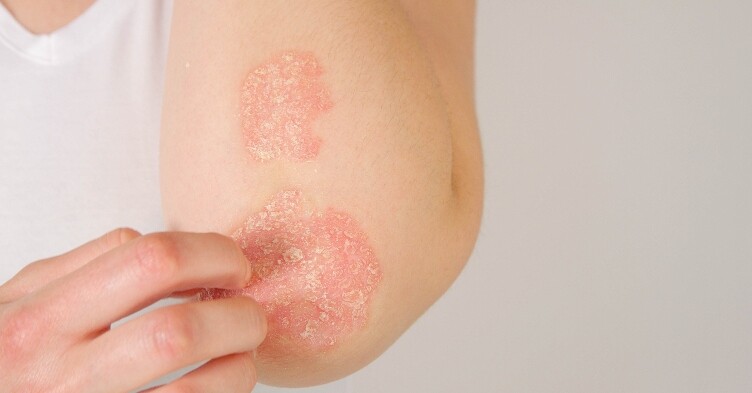Fed up with portrayal of skin conditions in the media

As a dermatology nurse, I hear stories on a regular basis from patients and their families about the stares and comments they receive because of their appearance and visible skin conditions.
We live in a digital world where we are bombarded with adverts, articles, TV and film coverage of how we should look, what we should wear and what we can or should use to achieve perfection. On the other hand, there is also negative coverage and ridicule of those who may look different because of a skin problem or disfigurement.
One medium where appearance and skin disease are used negatively is film. A recent study highlighted that classic film villains displayed a significantly higher incidence of skin problems than their hero counterparts. These findings highlight the dichotomy of good and evil through visual representation, which may foster the stigma and prejudice experienced by patients of all ages.1
Related Article: Abdominal body fat is a higher risk for developing psoriasis
The recent campaign by Changing Faces on face equality focused on the importance of being treated fairly and equally irrespective of facial appearance, creating a society in which everyone is valued for the unique contribution that they can make.
Working with children, I’ve noticed that there are many trends that impact on their lives – often from TV and film characters, which all come with the marketing of clothing, toys, games, books and stationery.
One example where appearance was negatively portrayed was the naming of the nasty Moshi Monsters, which was challenged by Changing Faces.
Throughout our lives, we are further challenged to consider how we look or should be portrayed. The many reality shows we are bombarded with are frequently covered in the media, with the focus of that coverage discussing appearance and age rather than talent.
Related Article: CPD: Case by case – acute and emergency dermatology presentations
Although I have given a few examples of issues our patients and the wider population face, we also have to be mindful of the desire for some people, with or without a skin problem, wanting to change their appearance to what they perceive is normal or desirable. Caution and guidance is needed with cosmetic procedures and with the ethical issues associated with these procedures. The Nuffield Council on Bioethics has recently produced a report on this topic.
We still have a long way to go to remove the stigma and negativity many receive because of how they look.
References
Related Article: Mythbuster: ‘This patient’s ulcer swab is positive so they need antibiotics’
1 Croley J, Reese V, Wagner R. Dermatologic Features of Classic Movie Villains: The Face of Evil. JAMA Dermatol 2017;153:559-64. jamanetwork.com/journals/jamadermatology/fullarticle/2614259
Image credit: Yakub Merchant; Changing Faces

See how our symptom tool can help you make better sense of patient presentations
Click here to search a symptom


As a dermatology nurse, I hear stories on a regular basis from patients and their families about the stares and comments they receive because of their appearance and visible skin conditions.



